To the Coronary arteriesthat are also called Coronary vessels include the coronary arteries or coronary arteries and the coronary veins or coronary veins. They supply the heart with oxygen and nutrients through the blood and discharge oxygen-poor blood. They are essential for the normal functioning of the heart.
What are coronary vessels?
The Coronary vessels are blood vessels that cover the heart in a fine network and thus supply the heart muscle with oxygen and nutrients. They are also called Coronary vessels because the Latin word coronarius means crown-shaped or wreath-shaped.
Often the term heart vessels only refers to the coronary arteries, but the coronary veins are also considered to be coronary vessels. To the coronary arteries (Coronary arteries) include two large blood vessels, or the left coronary artery Left coronary artery, as well as the right coronary artery or Coronary artery dexta. From these, fine branches of blood vessels split off in their course, which encircle the heart. The three largest vessels of the coronary veins (Venae cordis) are the Vena cordis media, the Vena cordis parva and the Vena cordis magna. There are also numerous smaller coronary veins. Due to its high oxygen consumption, the heart is dependent on an above-average blood supply for normal function, which is ensured by the coronary vessels.Anatomy & structure
The two coronary arteries arise just above the aortic valve from the indentation of the aorta, the main artery of the human body. The left coronary artery splits into two main trunks, the Ramus circumflexus and the Ramus interventricularis anterior.
For this reason, three instead of two coronary arteries are sometimes used. As in the case of the right coronary artery, other fine branches arise from the large blood vessels and are distributed in a network over the heart muscle.
The large coronary veins run largely parallel to the coronary arteries before the deoxygenated blood carried in the veins collects in the so-called coronary sinus, which is located on the back of the heart, and from there it reaches the right atrium of the heart. The blood from the smaller coronary veins reaches the right atrium and other heart spaces. The blood is transported in the veins at a significantly lower pressure than in the arteries.
Function & tasks
The coronary vessels are responsible for supplying the heart muscle with oxygen and nutrients. In order to ensure that the heart functions properly, a good blood supply to the vessels is therefore very important. The heart and blood vessels together form the cardiovascular system. In most cases, the left coronary artery takes over the supply of oxygen-rich blood to the left atrium and the muscles of the left ventricle. It is also used to supply a large part of the Interventricular septum (the partition between the left and right heart ventricle) and partly responsible for supplying the anterior wall of the right ventricle.The right coronary artery supplies the right atrium, the muscles of the right ventricle, the posterior part of the interventricular septum, the sinus node and the AV node as well as partially the posterior wall of the left ventricle with oxygen-rich blood. This type of supply of the heart muscle is referred to as the intermediate type, which predominates in three quarters of the population. However, there is also the so-called left-supply type, in which the left coronary artery is more developed and also supplies the posterior wall of the ventricle.
In the right-hand supply type, the right coronary artery is correspondingly more developed and the anterior wall of the ventricle is also supplied by this blood vessel. While the coronary arteries transport the oxygen- and nutrient-rich blood to the heart, the coronary veins are responsible for the removal of the oxygen-poor blood with carbon dioxide and other waste products.
Illnesses & complaints
Chest pain that can sometimes radiate into the left arm, back, abdomen or jaw, a tightness in the chest or shortness of breath and shortness of breath can indicate a disease of the coronary arteries, the so-called coronary artery disease.
During this process, deposits form in the inner skin of the coronary vessels, which are colloquially referred to as vascular calcification (arteriosclerosis). This leads to a constriction and stiffening of the blood vessels, which can lead to disruptions in blood transport and thus to a reduced oxygen and nutrient supply to the heart. If the inner diameter of the vessel is narrowed by less than 50 percent, there are usually no symptoms.
In the event of a severe constriction, which can lead to the complete closure of the vessel, the heart is no longer adequately supplied. There is an imbalance between the heart muscle's need for oxygen and the supply, which leads to so-called angina pectoris with chest pain, a feeling of tightness in the chest and shortness of breath. These symptoms occur especially during exercise, when the heart's oxygen consumption can increase four to five times.
At first, the symptoms recede completely at rest, provided that the vascular narrowing has not progressed too far. One or more coronary vessels can be affected by the process, which begins slowly. If the coronary artery is completely occluded, this leads to the death of the heart muscle area that is supplied by the respective vessel. Coronary artery disease can result in a heart attack or sudden cardiac death.
Other complications include heart failure or cardiac arrhythmias. In addition to constriction of the coronary arteries due to deposits, vascular spasms can also lead to a narrowing of the vessels and thus to a circulatory disorder. With vascular spasms, the muscles of the blood vessels cramp.

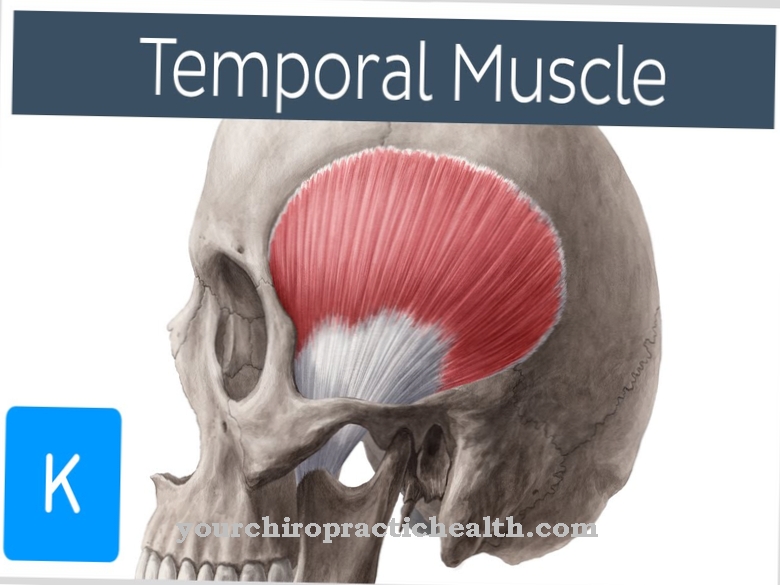
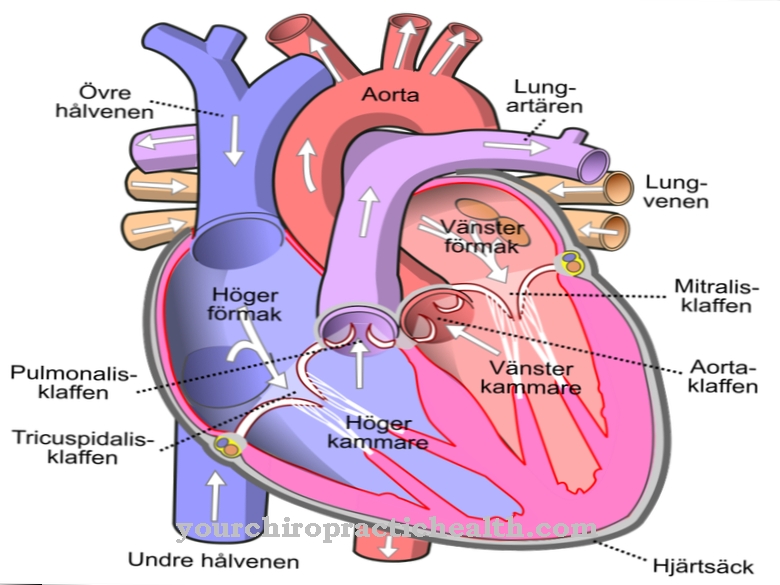
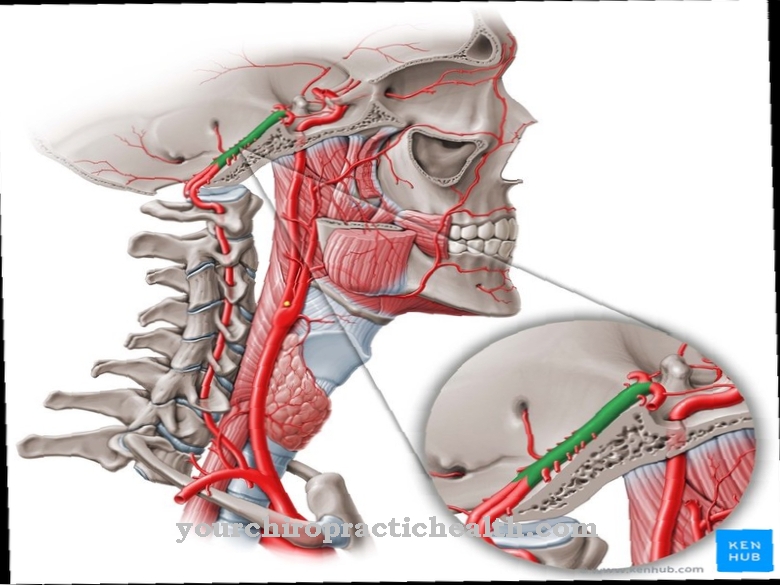
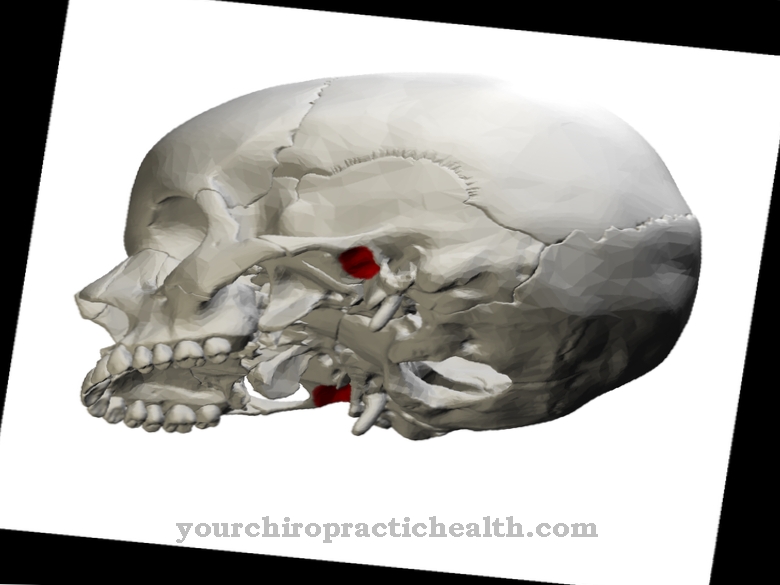
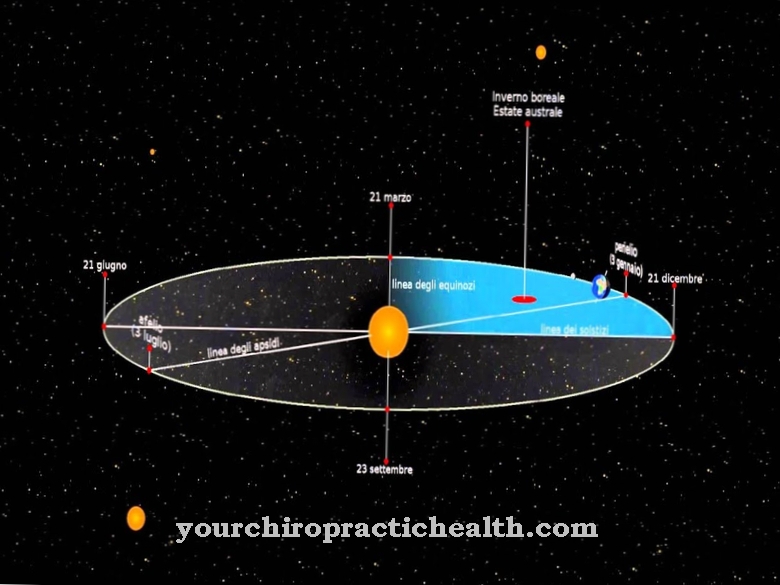
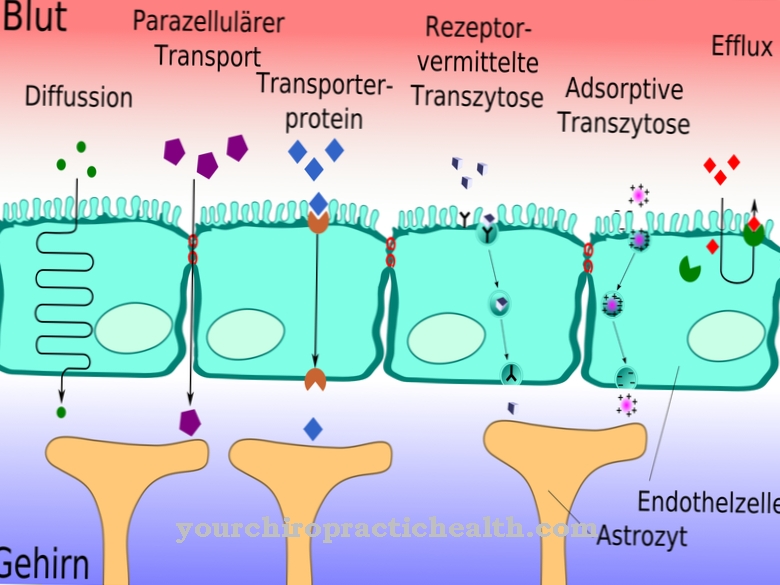






.jpg)

.jpg)
.jpg)











.jpg)